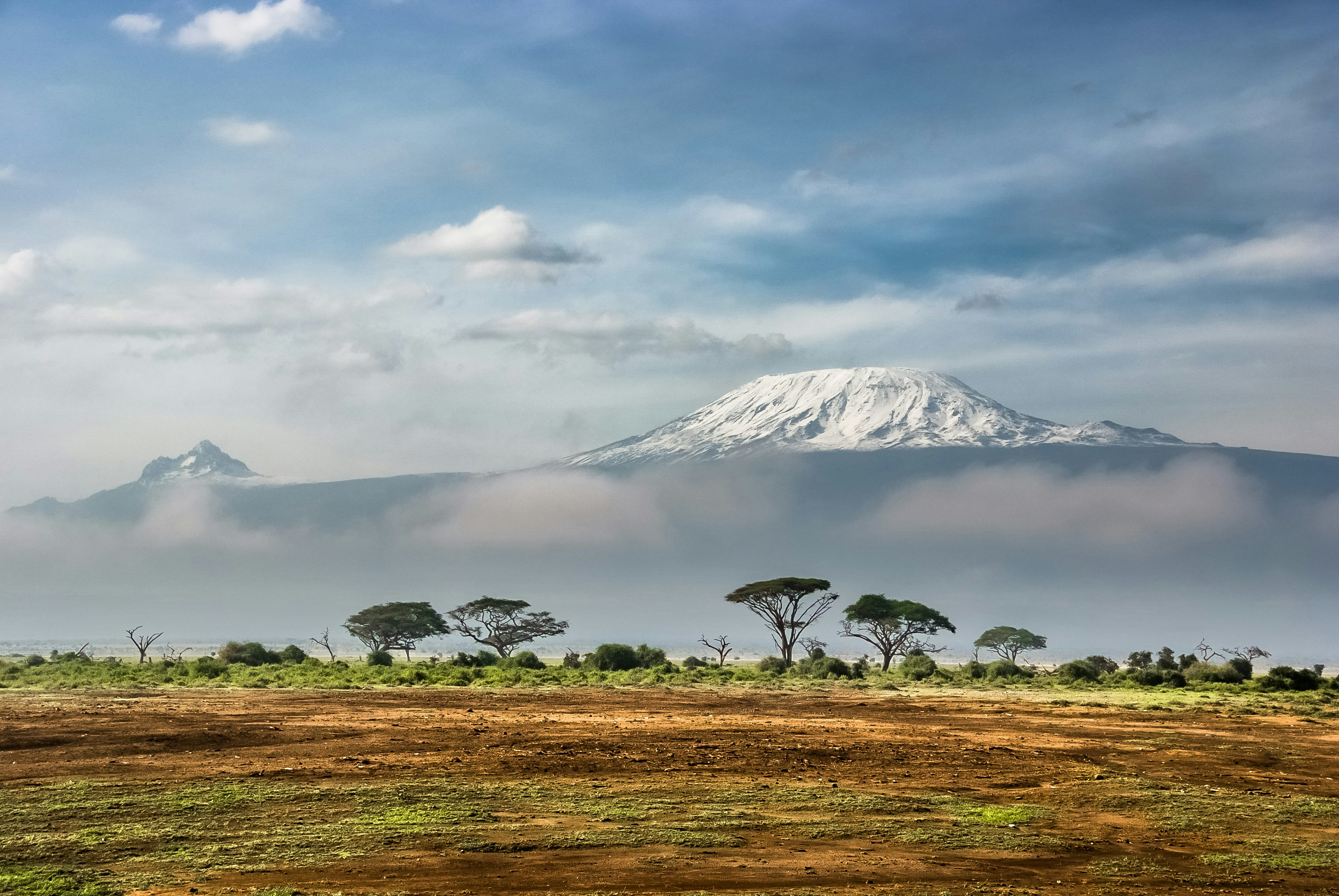Tanzania, a land of extraordinary beauty, is home to some of the world’s most iconic landscapes and natural wonders. From the stunning savannahs of the Serengeti to the pristine beaches of Zanzibar, Tanzania is a treasure trove of adventure and wildlife. Among its many jewels, two stand out in particular: Mount Kilimanjaro and the Ngorongoro Crater.
Both are symbols of the country's grandeur and natural heritage, each offering unique experiences for those lucky enough to visit. Whether you're a seasoned adventurer or a nature enthusiast, these two gems promise unforgettable memories.
Standing proudly as the highest peak in Africa, Mount Kilimanjaro is not just a mountain; it's a legend. With its snow-capped summit towering over the lush plains below, Kilimanjaro has captivated the hearts and imaginations of explorers, trekkers, and dreamers for centuries. Located near the town of Moshi, this majestic mountain is a beacon for adventurers from around the world.
Kilimanjaro is unique for its accessibility—unlike many of the world’s tallest peaks, you don't need technical climbing skills to summit it. The mountain’s five distinct ecological zones—ranging from the rainforests at its base to the alpine deserts and glaciers near the top—make it a fascinating and varied journey.
Hikers can choose from several routes, such as the Machame or Marangu routes, each offering its own set of challenges and views. The trek up Kilimanjaro takes around 5-9 days, depending on the route, and climbers are rewarded with breathtaking panoramas at each stage of the climb.
For those reaching the summit, the sight of Uhuru Peak—the highest point on the mountain—at 19,341 feet (5,895 meters) above sea level is nothing short of magical. Whether witnessing the sunrise over the African plains or gazing across a sea of clouds, the experience is a spiritual one.
Kilimanjaro is not just a mountain; it’s a journey to a place that seems to touch the sky, a place where dreams of standing on top of Africa come true.

A short drive from Mount Kilimanjaro lies another marvel of Tanzania: the Ngorongoro Crater. Formed millions of years ago by a collapsed volcano, the Ngorongoro Crater is often referred to as the "Garden of Eden" due to its lush, verdant landscape and abundant wildlife.
As the largest intact volcanic caldera in the world, this UNESCO World Heritage Site is a sanctuary for some of the most diverse ecosystems on Earth.
Unlike any other place on the planet, the Ngorongoro Crater is home to a concentration of wildlife that seems almost too perfect to be true. The crater floor, which spans 102 square miles (264 square kilometers), is teeming with animals—everything from the mighty African elephants and graceful giraffes to the elusive black rhinos and fierce lions.
The crater's unique geography creates a natural enclosure that allows for incredible wildlife viewing, making it one of the best places in the world to see the "Big Five" (lions, elephants, buffalo, leopards, and rhinos) in a single day.
A visit to the Ngorongoro Crater is also a step back in time. The area has been inhabited by the Hadzabe and Datoga tribes for thousands of years, and their traditions are still part of the landscape today. The rich cultural history and the stunning wildlife coexist harmoniously in this remarkable ecosystem.
Travelers can descend into the crater for a full-day safari, driving through the lush grasslands, marshes, and forests, all while learning about the diverse species that call this place home.

While Mount Kilimanjaro and Ngorongoro Crater are distinct in their own right, together they create a captivating dual experience that showcases the full range of Tanzania's natural splendor.
The adventure begins with Kilimanjaro’s challenge of conquering Africa’s highest peak, followed by the rewarding serenity of Ngorongoro, where wildlife thrives in one of the world’s most pristine natural environments.
For those fortunate enough to experience both, these two treasures offer an unforgettable Tanzanian adventure. Whether you're summiting Kilimanjaro or exploring the Ngorongoro Crater, you're immersing yourself in a land that captures the soul with its beauty, grandeur, and untamed wilderness.
The best time to visit Mount Kilimanjaro is during the dry months, typically from January to March and June to October. These months offer the clearest skies and the best chance of good weather, making for optimal hiking conditions.
For Ngorongoro, the dry season, which runs from June to October, is also the best time to visit. This is when the wildlife congregates around water sources, making it the prime time for safaris. The rainy season, from March to May, can make travel more challenging due to muddy roads but offers a more tranquil experience without the crowds